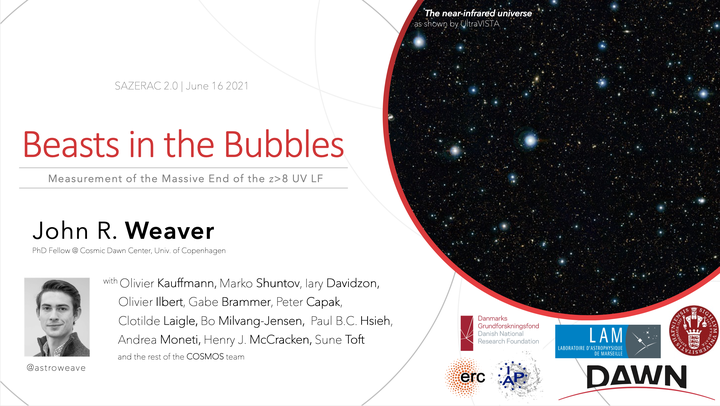
The current state-of-the-art observational constraints on the evolution of the most massive and most UV-luminous galaxies at z > 8, and their growth in relation to large-scale structure and reionization, are derived from measurements of the UV Luminosity Function (UV LF). Here we present powerful new constraints on UV emission from sources contributing to the Epoch of Reionization (EoR) at its very onset, at only 500 Myr after the Big Bang. We identify these sources with the new COSMOS2020 galaxy catalog, which utilizes new ultra-deep optical and near-infrared imaging necessary to securely identify candidate galaxies from the EoR, each with four consistent measurements of photometric redshift and UV luminosity. Encouraged by this unprecedented agreement, we confirm a highly significant departure from the expected Schechter Function form of the UV LF seen in the local universe, suggesting that galaxy evolution has yet to set in at these early times. An already approved JWST Cycle 1 program (PI: Weaver) will target five of the most robust and most UV-luminous (MUV ~ -22.5) z~9 galaxies in COSMOS with detailed spatially resolved spectroscopy. This ambitious program will comprehensively map out not only the UV emission from these galaxies, but also their dust attenuation, morphology, and stellar assembly histories. These new insights will provide the context necessary to understand the formation of the most massive, and UV-luminous galaxies in the EoR.